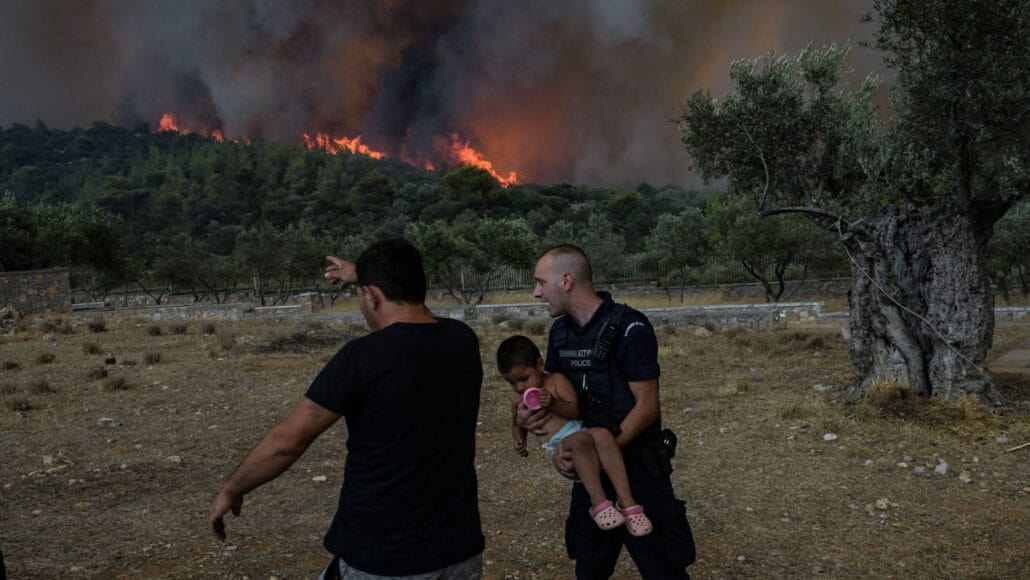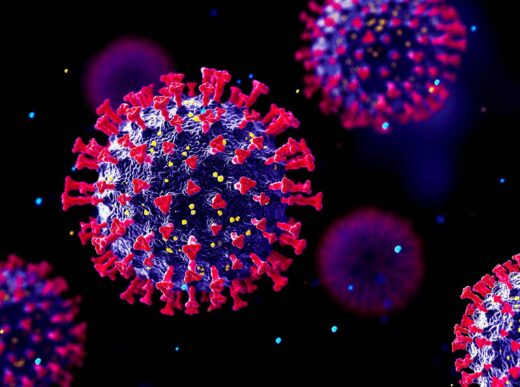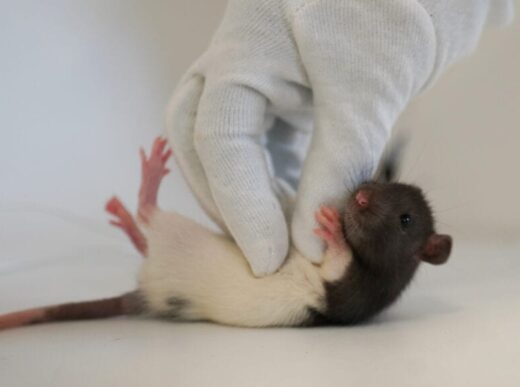Amid the escalating impact of climate change and its far-reaching consequences, children’s health emerges as a profound concern. Climate-related environmental disasters, such as heatwaves and wildfires, have surged this summer, posing grave risks to human well-being. However, children, in particular, bear the brunt of this unfolding crisis. The United Nations Children’s Fund (UNICEF) dubs climate change a child rights crisis, highlighting that nearly half of all children worldwide – approximately 1 billion – face extreme vulnerability to its effects. This pervasive peril poses a threat not only in the present but also casts a shadow over their future health and well-being. In an exclusive interview, environmental health scientist Frederica Perera from Columbia University discusses the intertwining of climate change and children’s health, the disparities exacerbating their vulnerability, and the enduring implications of early health adversity.
The Intersection of Climate Change and Children’s Health
Perera emphasizes that the scope of climate change’s impact on children’s health encompasses various critical phases – from the fetal period through adolescence. Severe heat has emerged as a major concern, leading to preterm births, heat-related illnesses, and fatalities among infants and children. Additionally, extreme weather events inflict physical injuries and psychological trauma on the young. Climate change-driven changes in pollen seasons have amplified allergies and asthma, with forest fire smoke exacerbating asthma attacks. The plight extends to food insecurity and stunted growth, culminating from droughts that affect certain regions globally. Moreover, the spread of infectious diseases via vectors like ticks and mosquitoes has risen due to their expanded range caused by climate change.
Vulnerability of Children to Climate Change Effects
The heightened vulnerability of children to climate change arises from a confluence of physiological factors. Developmental programming during fetal, infancy, and childhood stages is intricate and rapid, making these phases particularly susceptible to disruptions caused by toxic pollutants and climate-related stressors. Unlike adults, children lack fully functioning biological defense mechanisms against toxic exposures, rendering them more defenseless. Heatwaves and air pollution further exacerbate their vulnerability. The young struggle to regulate core body temperature during severe heatwaves, relying on adult care for hydration and early detection of heat-related illnesses. Children’s larger lung surface area makes them breathe more air, while their less efficient nasal filtering leads to a higher proportion of inhaled particles penetrating deep into the lungs, causing constriction and breathing difficulties.
The Mental Health Impact
Climate change also exacts a toll on children’s mental health, both directly and indirectly. Those directly affected by disasters such as storms and wildfires exhibit elevated rates of depression and post-traumatic stress disorder. Even those who have not experienced such events suffer from climate anxiety. In a survey across ten countries, over 50% of teenagers and young people expressed deep concern about climate change, with this anxiety profoundly impacting their daily lives.
Disparities in Risk Exposure
While all children are vulnerable, certain groups are more severely affected, a phenomenon referred to as “hurt first and worst.” Globally, low-income countries bear a disproportionate burden compared to high-income nations. Similarly, within the United States, communities of color and low-income communities face higher exposure to air pollution, extreme heat, and severe weather events. Discriminatory policies and urban heat islands aggravate disparities, leading to higher disease rates among these communities. Asthma prevalence, infant mortality, and preterm birth rates are significantly higher in Black children compared to white children, underscoring the impact of these environmental disparities.
Enduring Implications of Early Health Harms
The early health adversities suffered by children due to climate change and air pollution have enduring effects. Chronic respiratory conditions often persist, with severe or persistent asthma increasing the risk of permanent airflow obstruction and chronic obstructive pulmonary disease. Intellectual functioning may be impacted by air pollution or malnutrition during early life, hindering learning ability, earning potential, and societal contributions. Moreover, stress and trauma experienced during youth from climate change-induced shocks and other adverse events can cast a long shadow over mental health throughout life.
Prioritizing Health and Climate Change Mitigation
To protect children’s health, understanding the long-term implications of early adversities arising from climate change and air pollution is essential. By eliminating fossil fuel emissions through policy interventions, the immense health and economic benefits can be realized, with children being the primary beneficiaries. A commitment to safeguarding children’s health today paves the way for a healthier, more resilient future for generations to come.















